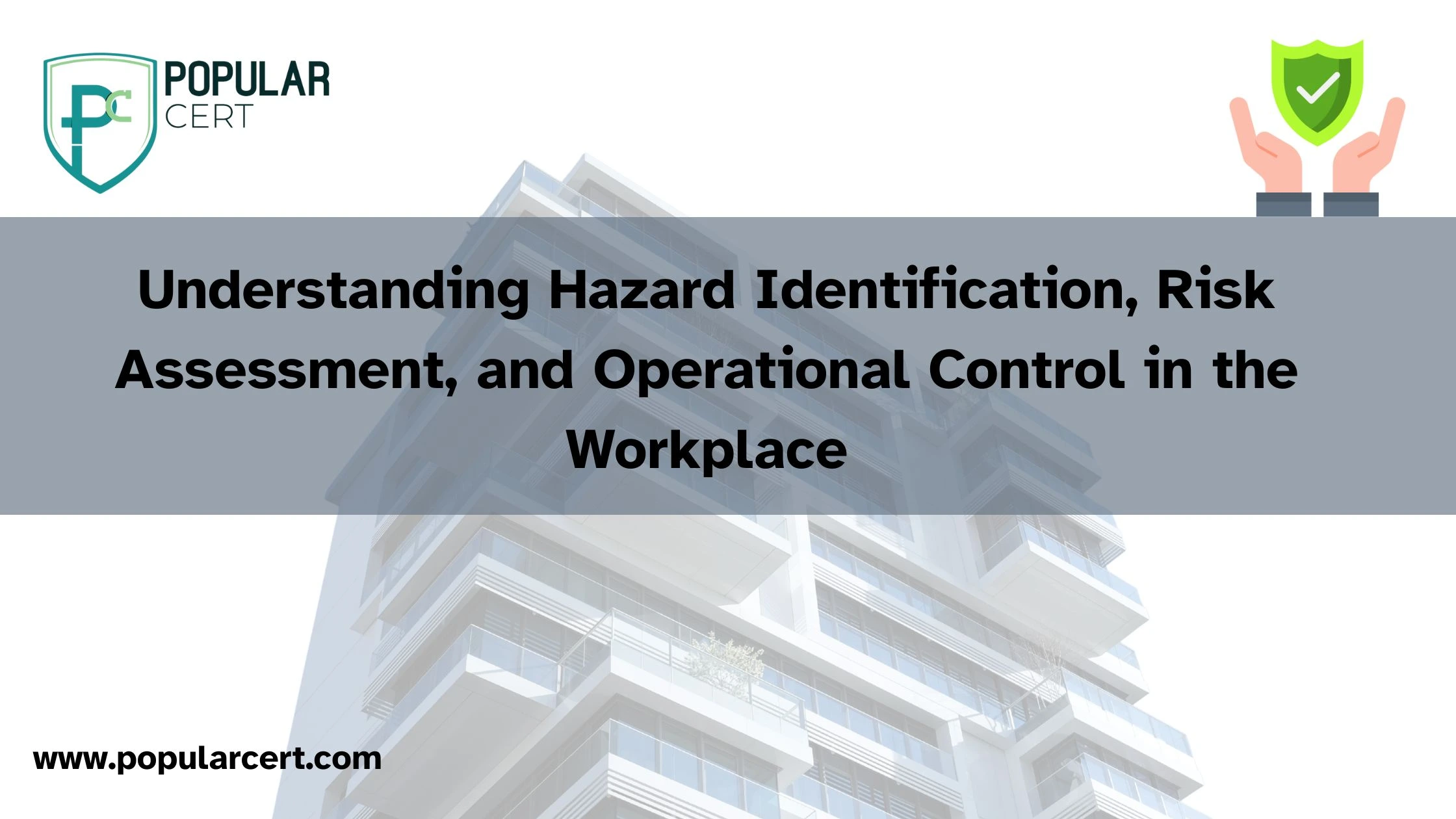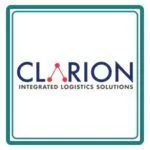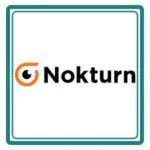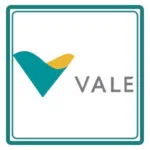Understanding Hazard Identification, Risk Assessment, and Operational Control in the Workplace

Ensuring a safe workplace is essential for any organization. One of the key ways to achieve this is by identifying hazards, assessing risks, and implementing control measures. This process helps maintain a safe and healthy work environment while ensuring compliance with workplace safety regulations. A well-structured safety system not only protects employees but also enhances overall productivity and efficiency by preventing accidents and disruptions.
Hazard Identification, Risk Assessment, and Control Measures
Before implementing safety measures, organizations must first identify potential hazards in their operations. A hazard is anything that has the potential to cause harm, such as machinery, chemicals, workplace conditions, or human errors. Once hazards are identified, a risk assessment is performed to determine the likelihood and severity of an accident occurring. Based on this assessment, control measures are put in place to eliminate or reduce risks to an acceptable level.
How to Establish Operational Control
To maintain workplace safety, organizations should have well-documented procedures to control risks. These procedures should:
- Be comprehensive and accessible to ensure all employees follow the same safety standards.
- Specify clear operating criteria, outlining what should and should not be done to minimize risks.
- Address risks associated with goods, equipment, and services purchased, ensuring suppliers and contractors adhere to safety requirements.
- Focus on controlling workplace hazards at their source to prevent accidents before they happen.
- Include training and awareness programs to educate employees about the risks associated with their work.
- Be reviewed periodically and updated based on new findings, changes in operations, or lessons learned from incidents.
What an Auditor Looks for in Operational Control
Auditors assess whether the organization has properly identified and controlled risks. Key areas they check include:
- The presence of documented procedures that cover situations where a lack of guidance could lead to safety issues.
- Whether risk assessments are conducted regularly and whether hazards have been adequately evaluated and controlled.
- Whether procedures have been developed to handle risks related to purchased goods, new equipment, and operational changes.
- Ensuring that relevant safety procedures are communicated effectively to suppliers and contractors.
- Checking that procedures clearly define what actions must be taken to minimize risks and that they are followed in day-to-day operations.
- Evaluating if employees have been properly trained in following these procedures and if their competency is assessed periodically.
Types Of Certification
- ISO Certification
- ISO 9001 Certification
- ISO 14001 Certification
- ISO 45001 Certification
- ISO 22000 Certification
- ISO 27001 Certification
- ISO 17025 Certification
- ISO 13485 Certification
- ISO 20000-1 Certification
- ISO 22301 Certification
- ISO 50001 Certification
- ISO 37001 Certification
- IATF 16949 Certification
- ISO 29001 Certification
- ISO 31000 Certification
- ISO 20121 Certification
- ISO 10002 Certification
- ISO 41001 Certification
Get Free Consultation
Our Clients


















Emergency Preparedness & Response
Even with the best safety measures in place, emergencies can still occur. That’s why organizations must have an emergency preparedness and response plan. This plan ensures that employees know how to respond to incidents quickly and effectively, minimizing harm to people, equipment, and the environment.
Emergency Equipment and Maintenance
Emergency equipment plays a crucial role in workplace safety. Organizations must provide, test, and maintain their emergency systems regularly. This includes:
- Alarm systems and clearly visible exit signs that guide employees to safety.
- Emergency lighting and backup power sources to ensure visibility during power failures.
- Fire-fighting equipment, such as extinguishers, sprinklers, and smoke detectors, to control fires before they escalate.
- Safe exit routes that remain unobstructed and accessible at all times.
- Critical isolation valves, switches, and shut-off points to prevent further damage in case of an emergency.
- First aid kits and medical supplies for immediate treatment of injuries.
- Personal protective equipment (PPE) for responding to hazardous situations.
- Designated emergency response teams trained to act in different emergency scenarios.
What an Auditor Looks for in Emergency Preparedness
Auditors evaluate whether an organization’s emergency plans and equipment are adequate and well-maintained. They check for:
- Comprehensive, documented emergency plans that align with the identified workplace hazards and risks.
- Clearly defined responsibilities assigned to employees for handling emergencies.
- Sufficient emergency equipment provided based on risk assessment findings.
- Inspection records confirming that emergency equipment is regularly tested and maintained.
- Compliance with legal requirements, such as fire safety regulations and emergency response protocols.
- Records of fire drills and emergency response training conducted for employees.
- Evaluation of how effectively emergency situations are handled during drills and whether corrective actions are taken where needed.
Final Thoughts
A well-established hazard identification, risk assessment, and operational control system are crucial for workplace safety. Organizations must continuously review their safety procedures, train employees, and ensure that emergency response plans are up to date. Workplace safety should not be seen as just a compliance requirement but as an integral part of business operations that protects employees and assets while fostering a productive work environment.
By following these best practices, businesses can create a safer environment for everyone and ensure they are prepared for any emergency. Regular audits help keep these measures in check, making sure that employees are protected and ready to respond effectively when needed.
